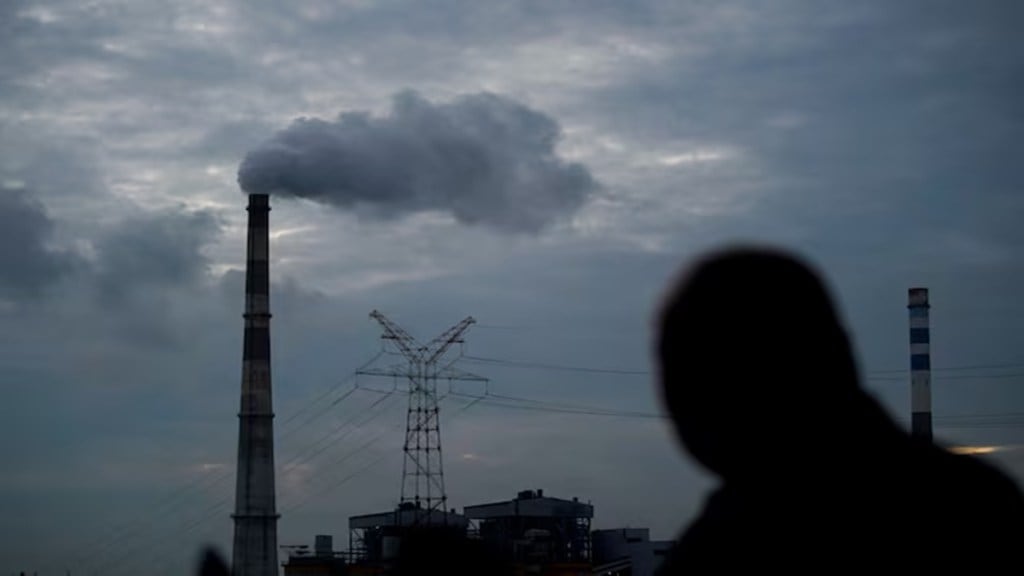By Somit Dasgupta, Senior visiting fellow, ICRIER
After more than 30 years since the signing of the Rio agreement (1992), more than 18 years of the signing of the Kyoto Protocol (1997) and 10 years of rejoicing the Paris Agreement (PA) of 2015, we seem to have gone in reverse gear. It’s not just dilution of the responsibility of the developed nations who have contributed to this climate mess, but it’s the entire movement which is at peril today.
At the centre of the storm is one country, the biggest cumulative polluter which everyone knows, that is the US. Perhaps, it would be wrong to say one country since it is the most important person in that country who terms the climate movement as a “hoax”. The Trump administration has pulled out of the PA twice, once in 2017 and again in 2025, which has caused considerable damage and has encouraged the fence sitters as well as the huge fossil fuel lobby. In fact the US administration today seems to be driven by the oil lobby and phrases like “drill, baby drill” is nothing but a slap on the human suffering from climate change calamities, especially the poor and those residing in the small island states.
The stance of the US has not only emboldened the naysayers but it also seems to have changed the DNA of some individuals, like the well-known entrepreneur and philanthropist, Bill Gates. Gates, who had declared climate change as the biggest problem area only five years ago has now come out with a memo saying that climate change is not everything and that there are several other areas—like poverty and health—that need to be looked at. Gates goes on to say that all resources cannot be allocated for climate change. Say, Mr Gates, what resources are we referring to? The developed nations are finding it difficult to cobble together $100 billion a year, let along the $300 billion a year decided in the last meeting of the Conference of the Parties (COP) at Azerbaijan.
They are engaging all kinds of statistical subterfuge in order to reach $100 billion a year. Commercial loans are being cited as climate funds from developed to developing countries when they actually should be grants or, at best, concessional loans. As it is, the developing nations are debt-ridden and will go down further in the red if climate funds are disbursed on purely commercial terms. Moreover, the Loss and Damage Fund which was initiated to give succour to countries facing serious damages has a committed budget of only $800 million. Returning to Gates, if one looks up his interview on the subject, one finds a very confused man who does not know how to defend this volte face. Not surprisingly, the Trump administration immediately gave a thumbs-up to Gates’ memo.
Coming to the contradictions at COP30 in Belém, one can quote several instances. The most glaring example is the presence of a large number of delegates from the fossil fuel industry. Surely, they are not coming each year to witness their own demise, but just the opposite. They want to ensure no decisions are taken that could give them a quick burial. It is said that in percentage terms, the presence of the fossil fuel industry is the largest during COP30, bigger than any other country delegation with the exception of Brazil. Such delegations, in a way, have the blessings of the host country since they have a vested interest in the continuation of fossil fuels. Take the case of Brazil itself. It is the eighth-largest producer of oil and is exploiting fossil fuels even at the mouth of the Amazon. This is similar to Azerbaijan (which hosted COP29) whose economy is heavily dependent on fossil fuel exports. There are other examples too, like Qatar (COP18).
In the case of Brazil, there are other stark contradictions. Brazil has taken the initiative of starting a new scheme called Tropical Forest Forever Facility. The objective of this scheme is to incentivise the preservation of tropical forests. The irony is that Brazil cut down trees in the Amazon rainforest to build a four-lane highway to help host COP30. Brazil, however, denies it saying that the construction of the road had begun much before it was decided to host COP 30 at Belém. While this may be debatable, the fact remains that thousands of trees were felled to build the road.
In the meantime, the first draft of the COP30 communique has been tabled. It includes subjects like climate finance, moving away from fossil fuels and unilateral trade measures. The subjects are nothing new but contentious, and the issue is of reaching a consensus. Going by the past probability, one knows the outcome beforehand. The moot point is whether COP can deliver any good, given the pulls and pressures each country faces on phasing out fossil fuels, the availability of finance, and a host of other issues with conflicting interests. As it is, the interest of countries seems to be on the decline as the number of heads of government taking time out to attend COP meetings has gone down considerably. Further, less than half of the 195 countries involved have submitted revised nationally determined contributions, and many of those submitted are lacking any lustre. So this begs the question, is it time to dissolve COP? The answer is an emphatic “no”. If COP were to be disbanded today, it would lead to an unbridled growth in emissions. At least a few sane minds are putting their heads together in search of a solution. While COP may be unable to deliver the PA targets, in its absence we may see a temperature rise of 3°C or more.

